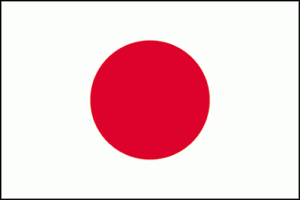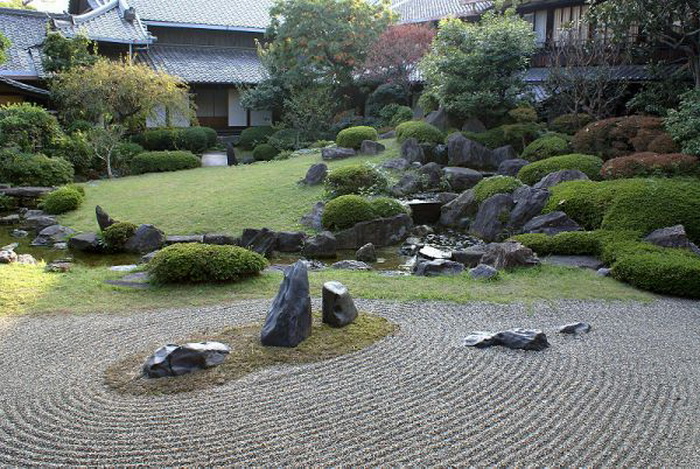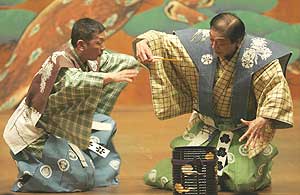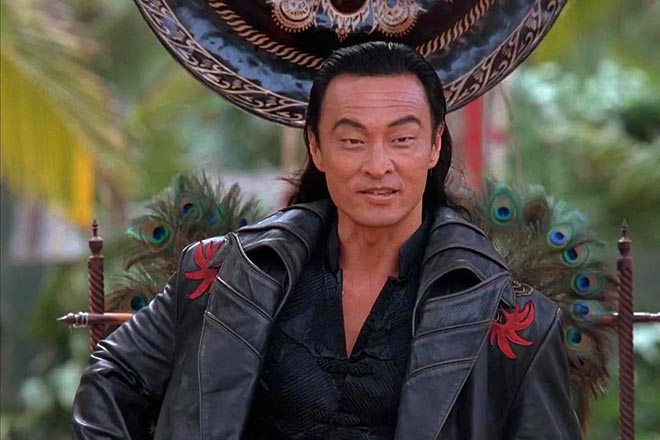State symbols of Japan
 Official name: 日 章 旗 (niso: ki) – “national flag”
Official name: 日 章 旗 (niso: ki) – “national flag”
Generic Name: 日 の 丸 (hinomaru) – “solar circle”
Date of official adoption: August 13, 1999
Colors: white, scarlet
State symbols of Japan (flag, anthem, coat of arms)
History.
The history of the flag in Japan dates back more than a millennium, but in different periods flags / banners / standards were used as signs of the presence of power, symbols of belonging to a particular military squad, and even as signs to attract the attention of customers. But the appearance of the national flag was the result of Japan’s entry into the world community, the desire and need to follow the standards adopted in it.
In 1867, after a long period of self-isolation, the country was open to the outside world. Almost immediately after that, there was a need to create a symbol to represent the country. In 1870, the 57th article of the “Rules for Merchant Ships” established the mandatory presence of the “hinomaru” flag on each ship. And after that, the flag was fixed as a symbol of the Japanese state.
During World War II, the flag was firmly entrenched as a symbol of imperialist, militaristic Japan. In the countries of East Asia, one kind of “solar circle” caused a storm of hostility, and even in the most post-war Japan, heated discussions about changing the state flag broke out in the wake of the renewal, but the country was undergoing active economic, social, political construction, and the question of the flag by itself disappeared to no.
Only in the mid-90s did the views of the Japanese public again turn to the flag problem. The reason was the debate about the need for a flag-raising ceremony in Japanese educational institutions on solemn occasions. And on August 13, 1999, the Hinomaru flag was first recognized as the official national flag of Japan on the basis of the Law on the National Flag and National Anthem, which exists under the current constitution. The day of adoption of this law, August 13, was considered the day of the national flag.
Symbolism of the flag.
The prototype of the Japanese flag – the red circle on a white background – appeared back in the Heian period (794-1185). But then it was used on fans of military leaders. It is believed that the legendary Japanese first emperor Jimmu won an outstanding victory when the sun was behind him, that is, was on his side and blinded the opponents. In the Middle Ages, military leaders placed fans with the image of the sun on a white background behind their troops, thereby invoking the power of the sun to their side. And when adopting this flag as a state symbol, senior officials appealed to the protective function of the sun.
The adoption of “hinomaru” as an official symbol of the country is associated, first of all, with the identification of the emperor with the sun. Of great importance is the combination of colors – scarlet and white. In Shinto, the scarlet color symbolizes the cleansing energy of fire and the sun. In addition, it is the color of life. White is the color of pristine purity. Thus, the combination of scarlet and white symbolizes a spotless and happy life, which Shinto deities help to achieve.
When choosing the flag, of course, the geographical position of the country also affected. In ancient China, which, according to the opinion of its inhabitants, was the “middle empire”, it was believed that Japan is located on the easternmost edge of the earth and the sun comes from there. The same idea was entrenched in Japan itself. So, the flag became the personification of the rising sun.
Building a flag.
According to the “National Anthem and State Flag Act,” the Japanese national flag is an image of a scarlet disk on a white background. The diameter of the solar circle is 3/5 of the width of the flag. The image itself is 1/100 shifted towards the shaft. The traditional horizontal to vertical ratio is 7:10. This size ratio of parts of the flag is fixed in the appendix to the Law on the National Flag and the National Anthem, however, initially it comes from the general idea that it is this ratio of white and red parts that is the most harmonious.
The colors used in the flag are officially considered white and scarlet, but bright red is often used instead of scarlet.




